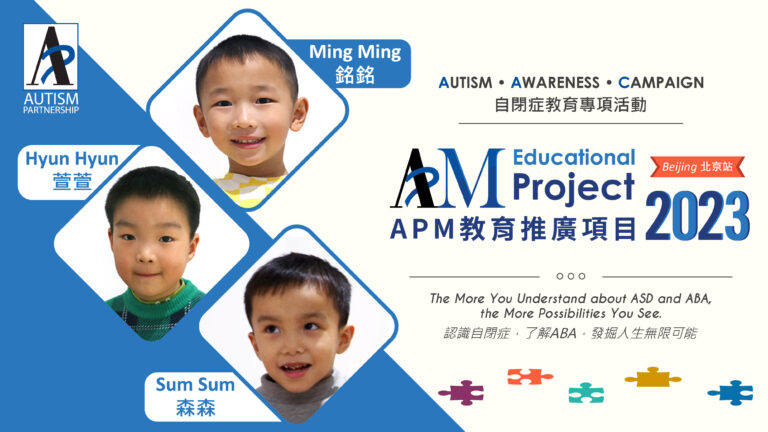
During the epidemic period and after school resumes, due to changes in the way of living and learning caused by home restrictions, coupled with the psychological pressure, many parents have reported that their children have repeated behavior problems of varying degrees such as non-compliance, temper tantrums, and even aggression towards others or themselves. These behaviors not only hinder children’s learning and socialization, but also affect their emotion, safety, other people and the surrounding environment. Hence, the behaviors must be addressed as early as possible.
Behavioral issues are complicated, constantly changing and are affected by many different factors. Behavior management strategies are diverse and vary from person to person. The following ten steps hopefully can help address different behavior problems of children with autism:



Dr. Raymond Fung holds a Doctor of Education from the University of Bristol, a Master of Science in Applied Behavior Analysis from St. Cloud State University. His doctoral thesis explored Progressive ABA, Autism and Technology. He is a Board Certified Behavior Analyst (BCBA) who has been teaching individuals with autism and training professionals for over 20 years.

Every little life is a special present for a family. From the time a baby is born, parents journey through lots of highs and lows, wishing for their child to grow up with a big smile, make great friends, find their own way in a job they love, and create a happy family. However, for […]

Parenthood is a journey filled with unexpected twists and turns, challenges, and moments of profound joy. For Adam’s father, the discovery that his son, Adam, was on the autism spectrum marked the beginning of a unique chapter in their lives. This is the story of a father’s realization, acceptance, and the unconditional love and strength […]

Autism Spectrum disorder can be diagnosed as early as 18 months. Research shows strong evidence on how effective Applied Behavior Analysis (ABA) can help children with Autism. It helps to deal with children’s challenging behaviors such as inattention, aggression, self-stimulation, etc. Howard, et al (2005) conducted a study to compare the effectiveness of 3 treatment […]
Please share to let more people learn about ASD and ABA therapy:
AP holds the belief that with quality Autism Partnership Method (APM) treatment, individuals with autism should reach their fullest potential and achieve the greatest degree of independence and highest quality of life possible.
Sign up now to get ABA and Autism related news delivered to your inbox. Enter your email to get started
Hong Kong Center
Kowloon Center

All information received will always remain confidential. We will contact you as soon as we review your message. Thanks